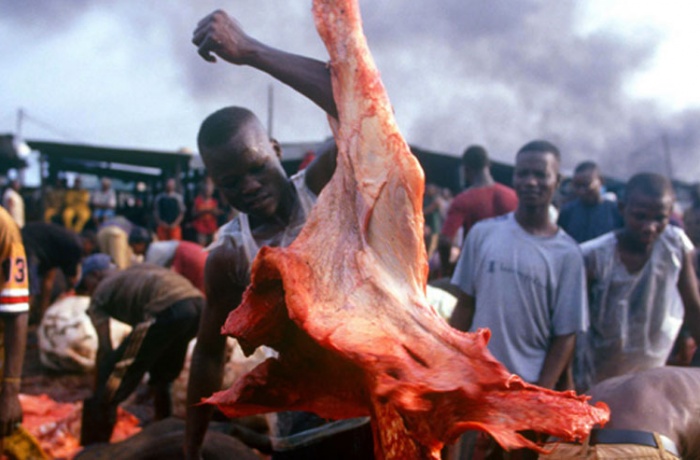
Is heavy manual labor disappearing or is it just becoming invisible?Where can we still find it in the 21st century? Workingman's Death follows the trail of the heroes in the illegal mines of the Ukraine, sniffs out ghost among the sulfur workers in Indonesia, finds itself face to face with lions at a slaughterhouse in Nigeria, mingles with brothers as they cut a huge oil tanker into pieces in Pakistan, and joins Chinese steel workers in hoping for a glorious future. Meanwhile, the future is now in Germany, where a major smelting plant of bygone days has been converted into a bright and shiny leisure park. Work can be many things. Often it is barely visible; sometimes, difficult to explain;and in many cases, impossible to portray. However, hard manual labor is visible, explainable, portrayable, that is why Michael Glawogger often thinks of it as the only real work.

Michael Glawogger is a director, writer and cinematographer and his work in each of these roles displays a broad spectrum. His recent works range from the literary adaptation Kill Daddy Good Night (2009) and the quirky comedies Slugs (2004) and Contact High (2009) to his essayist documentaries Megacities (2009) and Workingman's Death (2004). He not only moves back and forth between cinematic forms and genres, but also between filmmaking, photography and writing – and between gentler and more forceful tones. With Whores' Glory he completes his trilogy on the world of work.
Workingman's Death (2004), Slugs (2004), Contact High (2009), Kill Daddy Good Night (2009), Megacities (2009), Whores' Glory (2011)